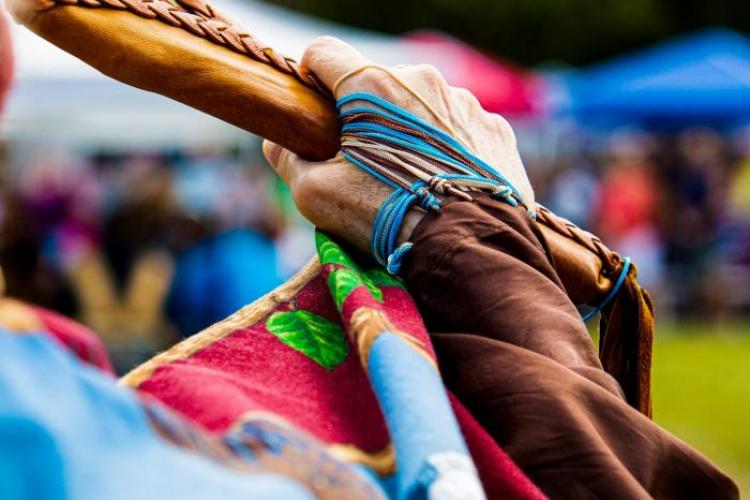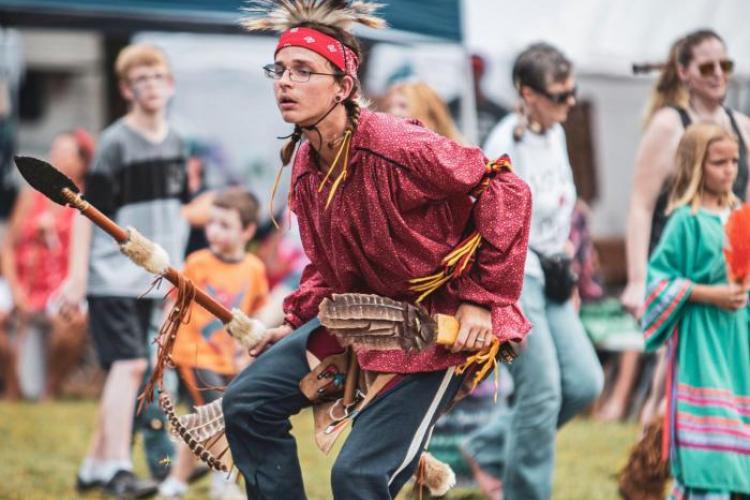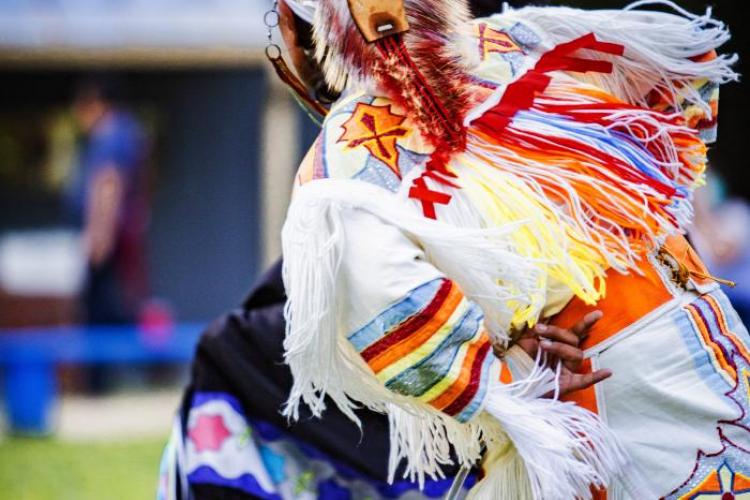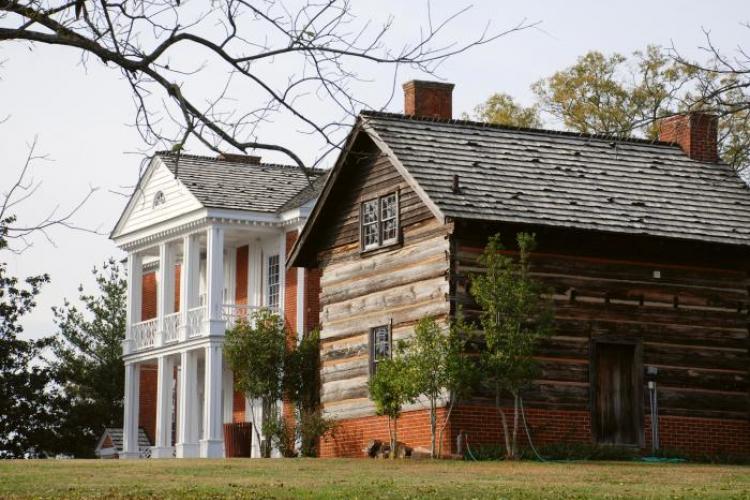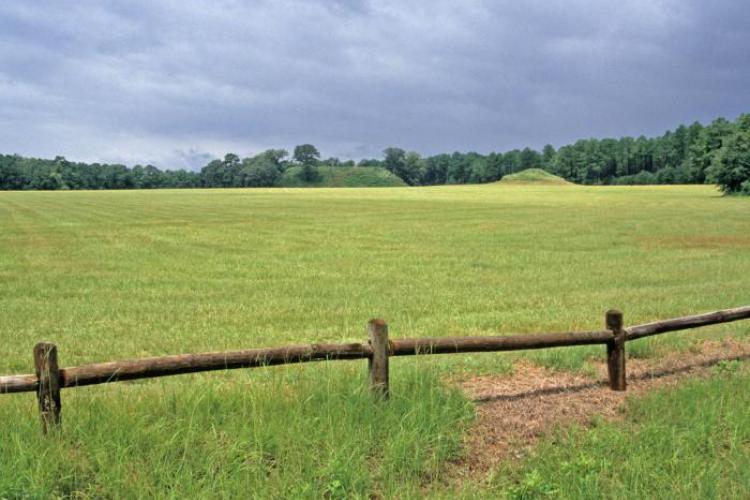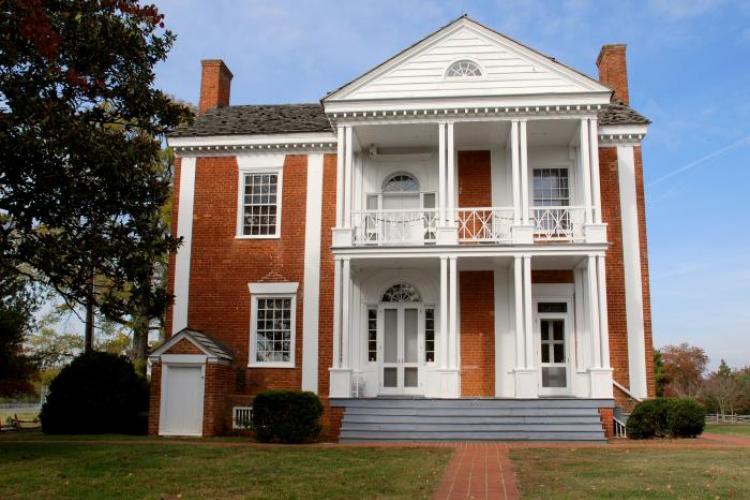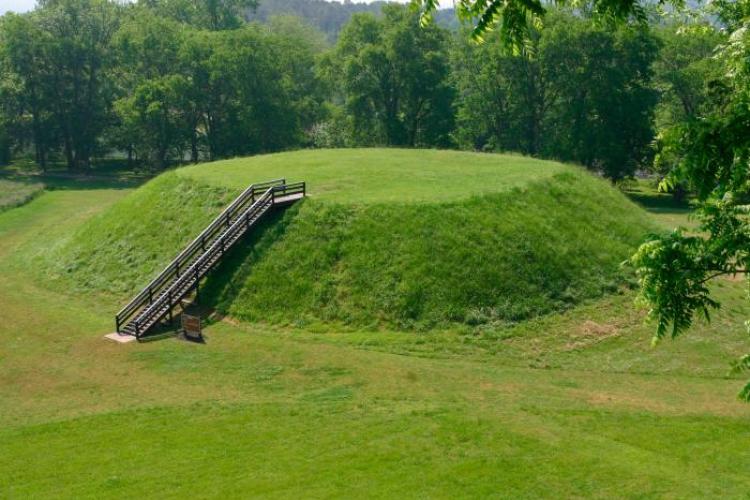The land now known as Georgia has been home to a rich and diverse array of Native peoples for thousands of years, from the earliest inhabitants to the present-day tribes. This enduring cultural heritage is evident in archaeological sites across the state, and in the artifacts and human remains discovered there. These items and ancestral remains embody the deeply held beliefs and funerary traditions of Native peoples, enriching our collective understanding of the human experience. The Georgia Council on American Indian Concerns advocates for the respectful treatment and protection of these irreplaceable, non-renewable cultural resources and sacred landscapes.
A number of legal protections for these resources exist through state and federal legislation. While not an exhaustive list, those most pertinent to common activities in the state are outlined here. Additional guidance and clarification can be found through the Office of the State Archaeologist (https://gastateparks.org/Archaeology), and the Georgia Council of Professional Archaeologists (http://georgia-archaeology.org/GCPA/frequently-asked-questions/).
Artifact Collection
State Property - To surface collect, metal detect, or dig on any state property, you must have a permit from the Department of Natural Resources. State property includes state parks, historic sites, wildlife management areas, recreation areas, and forests, as well as state highway rights-of-way, navigable river and stream bottoms, and the coast out to three miles. Official Code of Georgia (OCGA) sections dealing with the protection of archaeological materials include O.C.G.A. § 12-3-10,O.C.G.A. § 12-3-52, O.C.G.A. § 12-3-80,O.C.G.A. § 12-3-81,O.C.G.A. § 12-3-82, and O.C.G.A. § 12-3-83.
Federal Property - Generally, it is illegal to surface collect, metal detect, or dig on any federal lands without a federal permit. Federal lands in Georgia include Corps of Engineers lakes, U.S. Forests, National Parks, National Wildlife Preserves and military bases. The Archaeological Resources Protection Act of 1979 (ARPA) and the Native American Grave Protection and Repatriation Act of 1990 (NAGPRA) deal with the protection of archeological materials on federal lands.
Other Property - It is legal to surface collect non-burial artifacts with written permission from the landowner. It is illegal to dig in any way (including metal detector hits) on archeological sites without written permission of the landowner and notification to the Georgia Department of Natural Resources in advance of the digging (O.C.G.A. § 12-3-621).
Human Burials and Burial Objects
Indian burials are protected by law in the same manner as any grave or cemetery. It is illegal to knowingly disturb a grave without an appropriate permit (O.C.G.A. § 31-21-44), except when part of a legitimate archeological excavation (O.C.G.A. § 31-21-6). It is also illegal to know about, and fail to report, the disturbance of a grave. Burials include human skeletal remains. There are many types of burial objects; examples include whole urns or pots, smoking pipes, beads, shell gorgets, monolithic axes, copper items, and some projectile points and knives.
If human remains or burial objects are accidentally exposed, they should be immediately reported to the local law enforcement agency. Any activities that are likely to further disturb the ancestral remains or funerary objects must cease until approved by the proper authorities, and local law enforcement must work with the local coroner or medical examiner to determine if the remains are the result of a crime or archaeological site, often in coordination with additional specialists (O.C.G.A. § 31-21-6).
The Council serves as a resource for helping to identify relatives or culturally affiliated groups that may be associated with discovered remains. In this capacity, the Council will work with local coroners or medical examiners and State agencies, including the Department of Natural Resources.
Additional Georgia Code sections covering burial and burial objects protections include: Protection of American Indian Human Remains and Burial Objects (O.C.G.A. § 44-12-260); Abandoned Cemeteries and Burial Grounds (O.C.G.A. § 36-72-1); Dead Bodies (O.C.G.A. § 31-21-6); Archaeological Exploration, Excavation, or Surveying (O.C.G.A. § 12-3-52); Trafficking in American Indian burial, sacred, or cultural objects (O.C.G.A. § 12-3-622); and Public exhibit or display of American Indian remains (O.C.G.A. § 31-21-45).
 An official website of the State of Georgia.
An official website of the State of Georgia.

